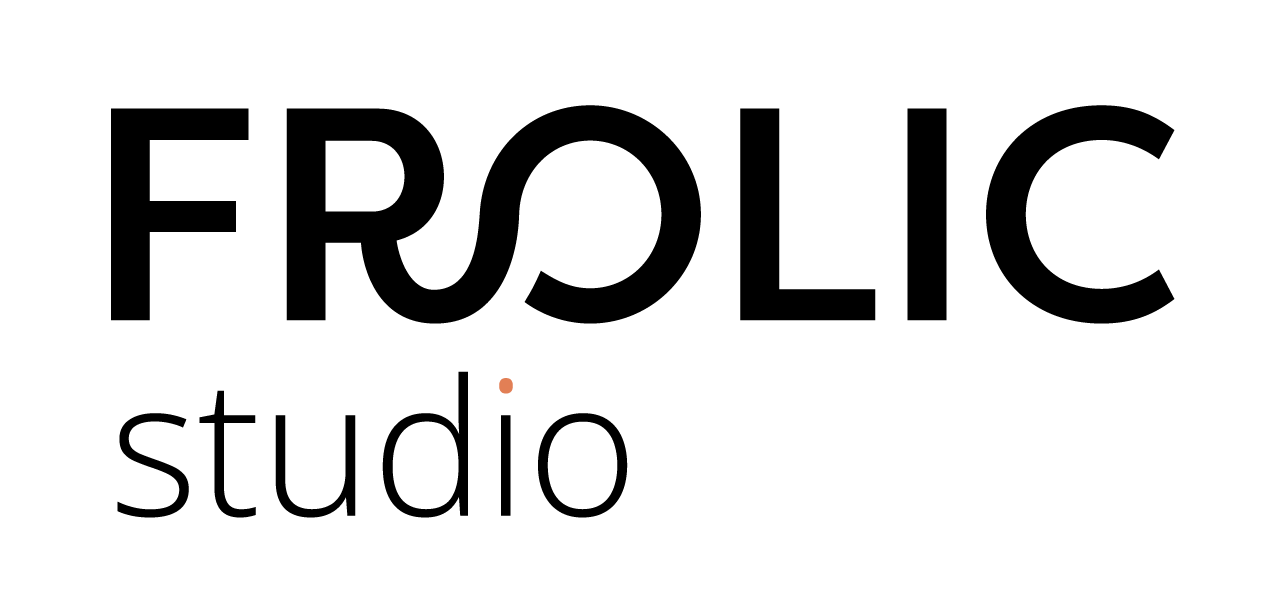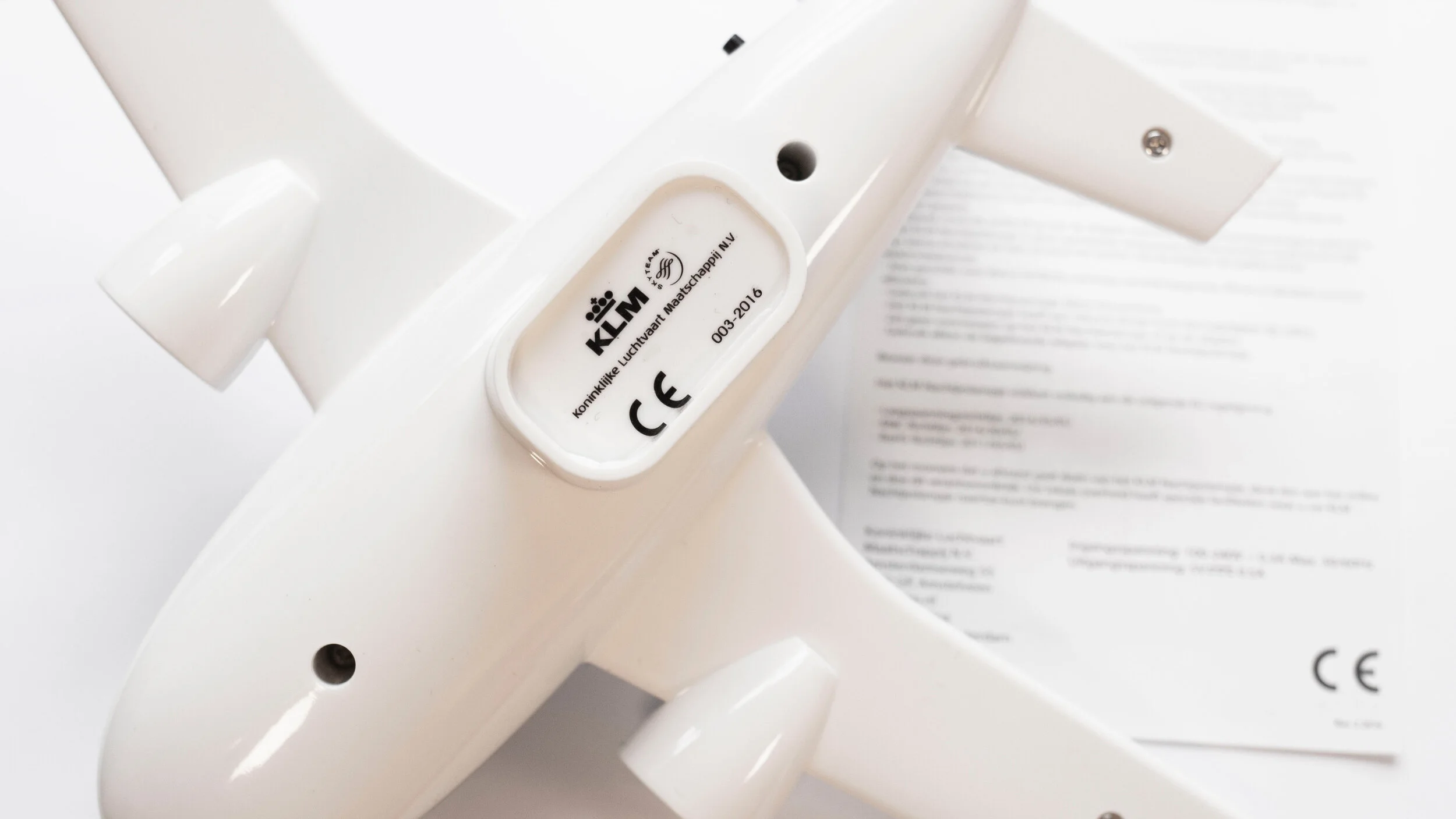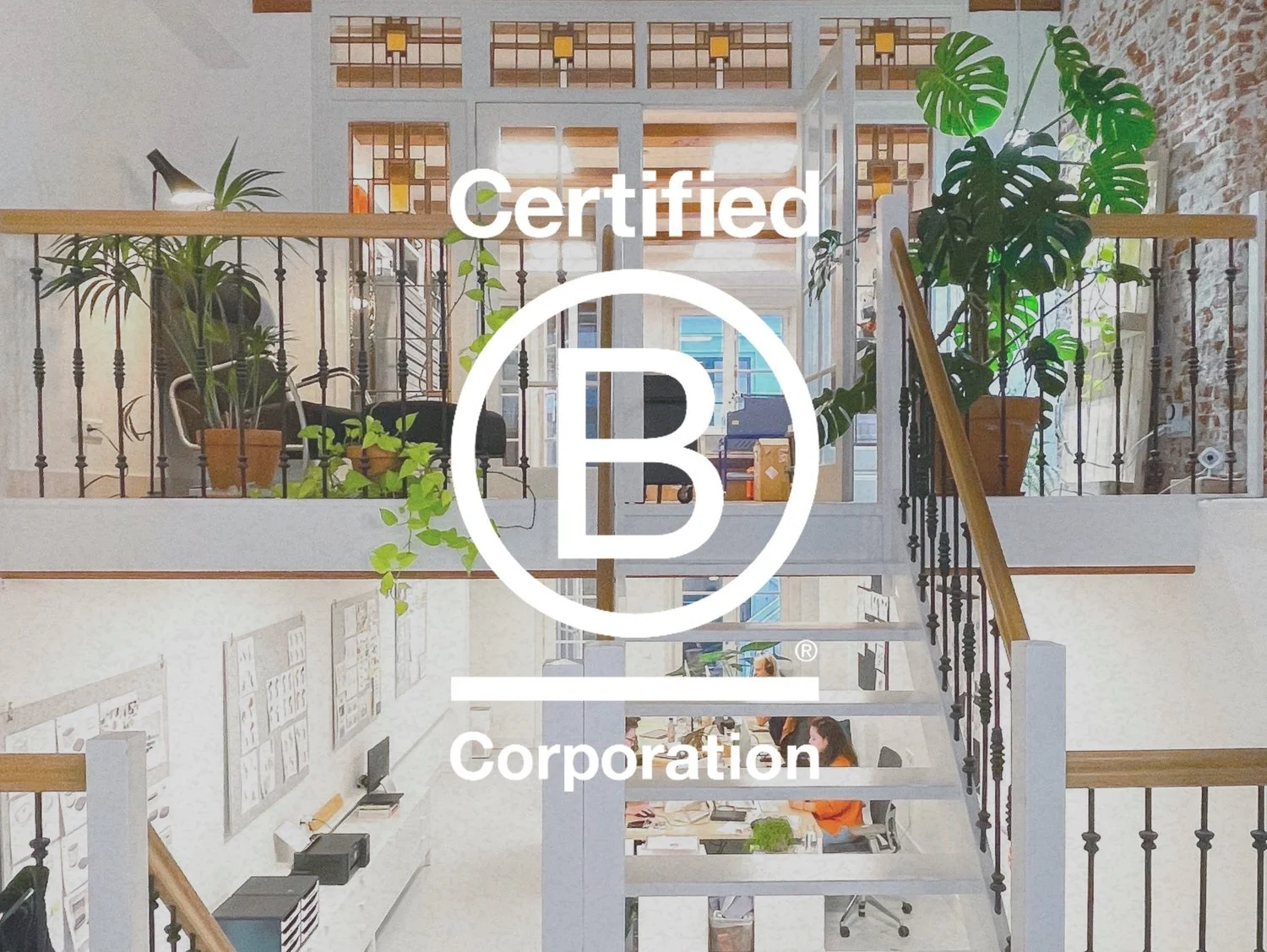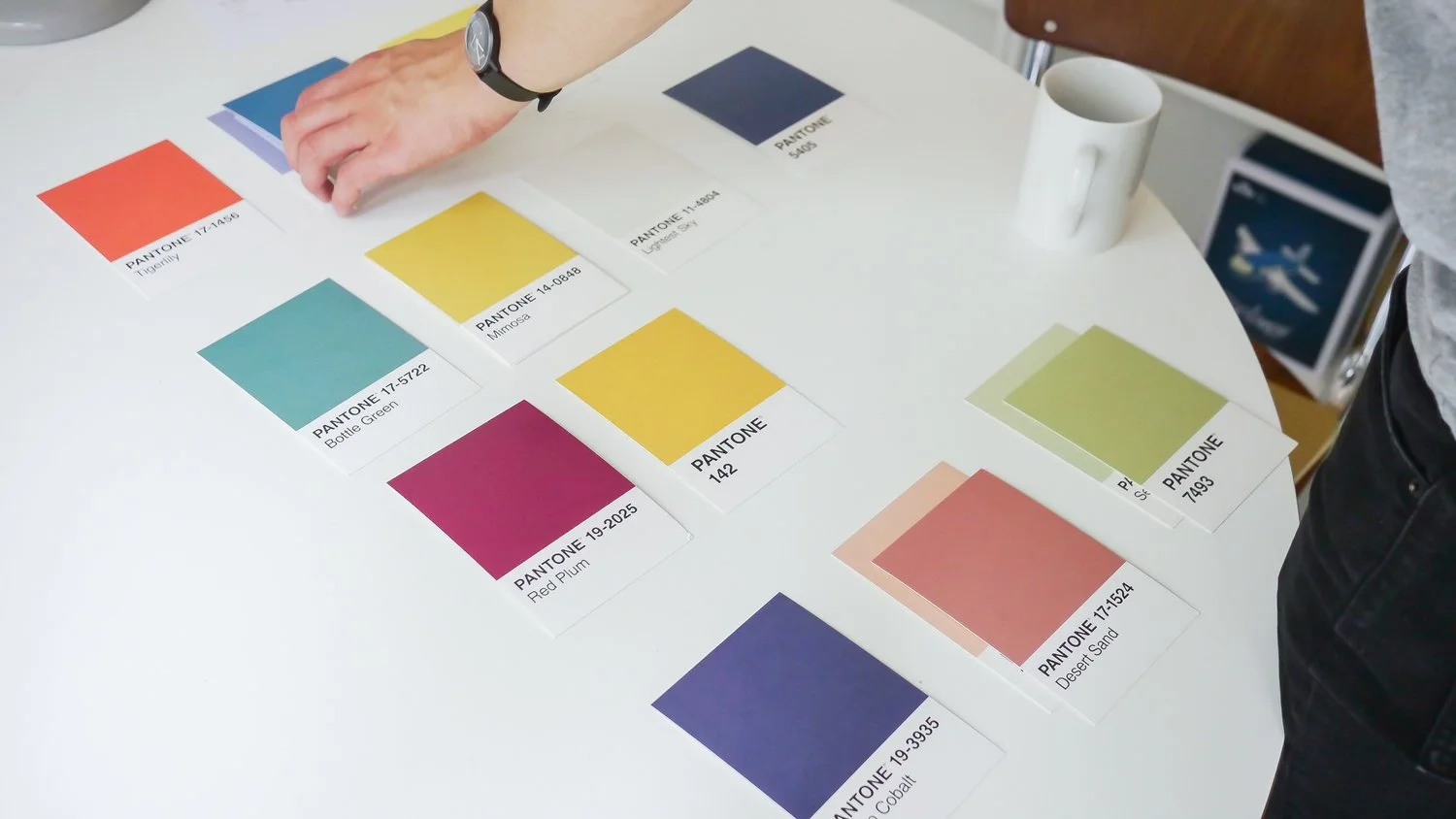Manufacturing a product: a step-by-step guide (part two)
Part Two: regulations and logistics
This is the second in a two-part series in which we outline the process of product manufacturing. Part One focused on production, and in this post we’ll explore the regulations and logistics involved. If you haven’t already, then I recommend that you begin by reading the first part.
Okay, so your product is designed, and you know what to expect from the production process. But wait, there’s more. It’s not sexy or exciting, but understanding the regulations and logistics involved in supporting a production will help the whole process run more smoothly and help safeguard against costly errors or unexpected expenses along the way.
When thinking about the practicalities supporting a production, the key factors to consider are:
Working with a sourcing agent
(Local) knowledge is power. When producing in another country, it’s extremely helpful to work with a local partner that will help you to source the right factories, components, manage the production, help with quality checks, and – most importantly – help with the communication. Using China as an example, both the language and the culture can be a challenge for a European-based studio like ours, so having someone with a local affinity and connections is crucial. For the KLM Nights Light production, we worked with Intrepid Sourcing in Shenzhen China, and their support was invaluable.
Our sourcing agent, David (right) with employees from the factory.
Regulations and compliance
Every country or region around the world requires a slightly different set of certifications before you can sell your product there. Getting these certificates in place is a pricey and complex part of the whole process. Things like whether it's a toy for a child, or has wireless transmission, a battery, etc. all affect the costs and complexity of the process.
Typical certification logos you may find on products
As an example, if you wanted to sell in Canada, USA, and Europe, here are some of the boxes you’ll need to tick:
FCC certification is needed for all electronic products sold in the United States that use wireless communication (such as Wi-Fi or Bluetooth).
UL/CSA is necessary for all electrical products sold in the United States or Canada that plug into an AC outlet. For the power supply itself, we would probably use a supplier that already has the right certifications in place, but the whole product will also need to comply.
CE is needed for products sold in Europe and indicates conformity with safety, health and environmental standards. Depending on your type of product, you must comply with different directives.
RoHS for ensuring that the product is lead-free. Mainly needed for EU.
Lithium Battery Certifications are required for most rechargeable batteries as they can have some safety concerns. It's possible to circumvent this by using existing batteries that already have the certification.
CE marking under the plane, includes batch number, year, and legal company name. The manual, to the right, also includes all the directives it complies with.
These examples just superficially cover US, Canada and EU. If you want to distribute your product worldwide, then the costs can quickly mount up. Generally, it's good to allow 3k-10k euros for a typical product. If you’re making a medical product, then expect to pay a lot more.
Shipping costs
Your product will be assembled in, for example, China. Once ready, it will then need to be sent to a warehouse close to where the bulk of your distribution will take place, from which it can be sent individually to each customer. At this point, you'll often hear the term ‘Ex works’, meaning that the products are ready to be picked up from the factory. Once packed up, the master-cartons will wait at the factory for the shipping company to collect them. In fact, finding a good shipping partner can really help the whole process of dealing with documents, customs, etcetera.
Master cartons waiting to be picked up by shipping company
Getting your product from China to a warehouse in Europe can take up to six weeks via sea-freight, three weeks by train, or one week by air – and there’s a big price difference between each. Depending on size and volume, you might expect to pay around three euros per unit for air transport, two euros per unit for train, and under one euro per unit for sea-freight.
Import duties and VAT
When importing a product into a country, you will be taxed with import duties. The amount of this depends on which country you're importing to and the type of product. For example, importing a consumer electronic product to the EU, we usually pay 4.7%.
Here in the Netherlands, we will also pay 21% of the unit cost as VAT during the import. As a business you will get this money back, but it’s good to know that you may need to have large amounts of money on standby to release your products. This can easily be in the hundreds of thousands of euros.
Retail cost
The unit cost of your product as it comes out of the factory can vary tremendously – and you will need to go through the design and even engineering process to estimate accurately. That said, you can make a rough but useful estimate by knowing that the resale cost of a product is typically three or four times the amount of the production costs. In other words, if you produce your product for 12 euros per unit, then you can expect the end user to pay between 36 and 48 euros – with around 40% of this going to the distributor if you have one.
Typical length of time from final prototype to market
You can expect the typical process from final prototype to having your product on the market to take about six to nine months. The design and development process itself can vary tremendously depending on complexity, but you would need to allow several months at the very least.
I hope that these articles give you a feel for the process of getting a product to market. The main things to know are that it takes time, it’s complex, and there are many moving parts in play. As a full-service studio, we can support you every step of the way. So feel free to get in touch if you have a product idea that you’d like our help with.













